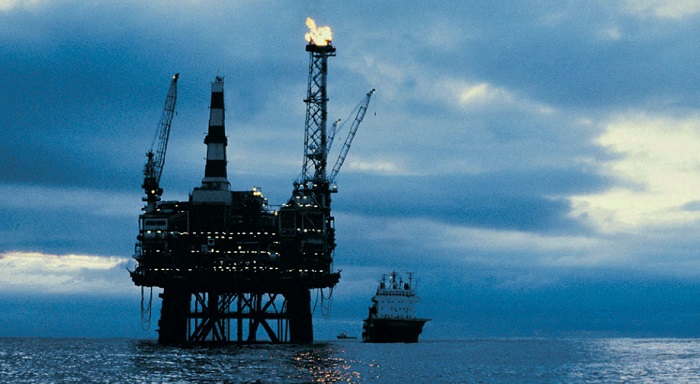The world’s first wind-powered offshore oil platform was officially opened on Tuesday off the west coast of Norway. Opened by Crown Prince Haakon, as Bloomberg reports, the new oil rig is powered by the world’s biggest floating offshore wind farm, Hywind Tampern farm. Operated by fossil fuel giant Equinor, Hywind Tampern entered full use in October 2023 and has 88MW of capacity.
The farm represents a significant step towards cleaner oil production as Norway looks to safeguard its successful industry. By using electricity generated by the 11 giant wind turbines Equinor hopes to cut the emissions associated with the new rig. The wind farm itself represents a significant investment by the company, having cost over $660m and taken five years to complete.
Norway has continued to support oil and gas exploration, looking to protect an industry that has created huge national wealth. The country has the biggest hydrocarbon reserves in Europe and is the fifth-largest exporter of crude oil globally.
However, the plan to power oil rigs sustainably has come under fire domestically as the emissions involved in oil production still threaten the country’s climate targets, while the oil produced will still have a major carbon output.
Norway has committed to achieving a 55% reduction in emissions by 2030 compared to 1990 levels, but the oil and gas sector is proving problematic for this ambition. It contributed to over a quarter of Norway’s total emissions in 2020, with the majority coming from combustion abroad.
Across Norway, the oil and gas sectors have seen progressively more discussion around renewable energy options, with wind offering the most promise. Analytics from GlobalData, Energy Monitor’s parent company, show that there has been a continued rise in mentions of key clean energy themes in company filings within the sector since 2019.
Our signals coverage is powered by GlobalData’s Thematic Engine, which tags millions of data items across six alternative datasets — patents, jobs, deals, company filings, social media mentions and news — to themes, sectors and companies. These signals enhance our predictive capabilities, helping us to identify the most disruptive threats across each of the sectors we cover and the companies best placed to succeed.





































